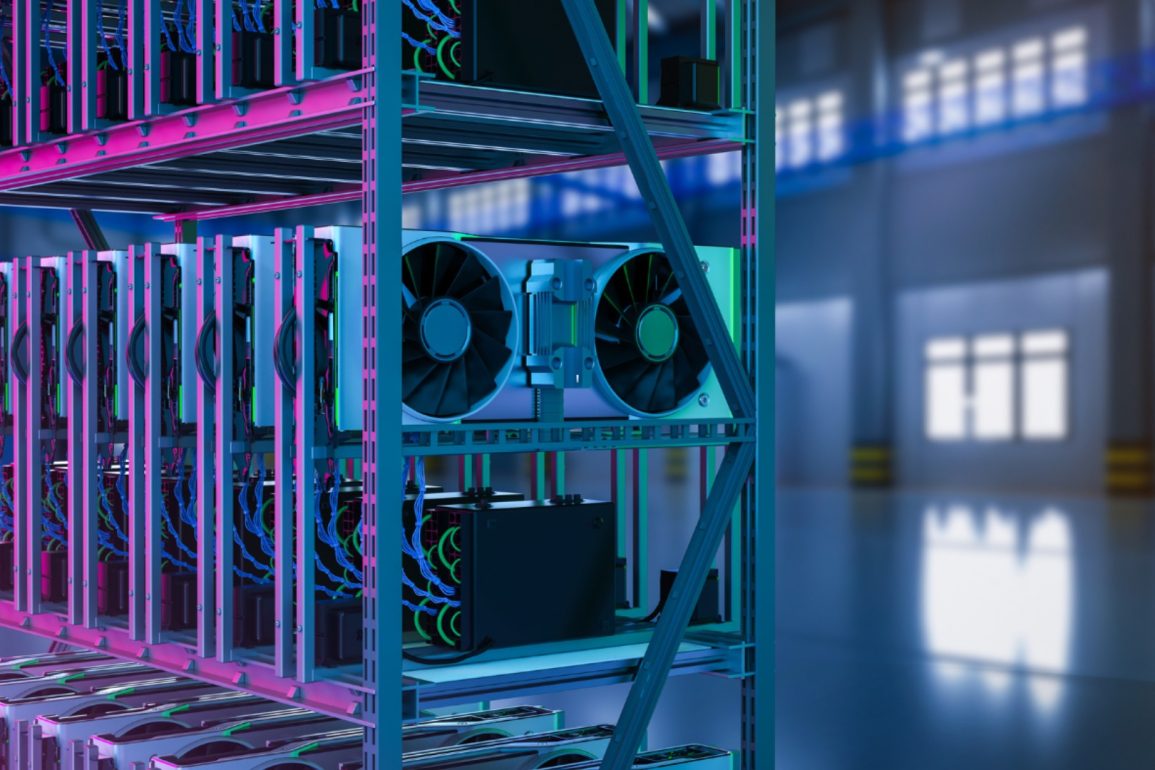- Summary:
- Cryptocurrencies have become an essential component of investment portfolio. What is the place of crypto mining in today's market?
Crypto mining is lucrative for many, but it has its ups and downs. For example, creating and running a server farm can come with extremely high costs, and miners typically have to rely heavily on the unpredictable price of the coin to stay profitable.
As this can be a problem, and since there are many other potential problems, we wanted to take a closer look at them in this piece. Moreover, we want to look at the options risk-averse farms can use to avoid these problems. By the end, you’ll see that mining doesn’t always have to be so risky.
Neverending Reliance on the Coin’s Price
Mining is typically about creating new specific cryptocurrencies and selling them for a profit. As mining is a costly process, and you can rarely change those costs, the only thing a miner can look towards is the price of the coin itself.
The higher the price, the higher the profits, and vice versa. This neverending reliance on the price of a coin is the norm, but it can be incredibly detrimental during a bear market — like the one we’re currently in.
In such situations, it’s clear that miners can’t rely so heavily on the coin’s price to keep their revenues stable and profitable.
If you have to sell a specific coin, you have to rely on the price, but that doesn’t mean you shouldn’t diversify. It’s always better to focus on mining different coins and opt for other, novel solutions to keep your profits sufficiently high.
Rising Price of Mining Equipment
Many know this, but Bitcoin miners know it best — the price of mining equipment is constantly rising. In the past, it was due to increased demand, typically seen in the high cost of graphic cards, but now it has gone further.
With the rising inflation, the prices continue to rise further, especially the electricity bills that play a massive part in the mining budget.
Naturally, we shouldn’t forget the large companies in the sphere, the ones that can afford massive server farms to mine a more significant number of various cryptos, most notably Bitcoin. Large centralized companies represent the majority of miners of Bitcoin and many other cryptocurrencies. Their very existence leads to mining becoming less and less profitable for smaller players and regular miners.
As time passes, the power required to mine the same amount of Bitcoin keeps increasing, so miners are forced to invest more in their equipment. Even if its price weren’t rising, they would still face this problem.
This also highlights the importance of diversification and finding new solutions to keep the profits strong. Thankfully, this is entirely achievable.
Options for Risk-Averse Miners
If you want to keep your mining farm profitable, you must start finding solutions to the problem of rising costs and low coin prices.
Even though we’re in a bear market, and the price of Bitcoin has fallen drastically from last year’s highs, you can still keep profits high enough by diversifying your portfolio.
Repurposing equipment to mine coins other than Bitcoin, for example, can prove more profitable, especially if that coin is strong enough and tends to rise in value.
In addition, you can always opt for modern solutions like projects that offer more sustainability and growth. You should look for projects that seek to fix the problem risk-averse miners are having.
Tomi is a perfect example of this. The Web3 company is looking to increase decentralization of the internet in general, but primarily, it’s looking to help the crypto mining field. The company strives to build a community of joined miners that would be part of a larger number of micro-farms instead of having a single massive server farm, like every corporation in the crypto mining field has.
What’s more, tomi’s strategy relies on awarding a combination of USDT and tomi tokens, which offers the exact diversification miners need right now.
Bottom Line
Crypto mining has been having problems as of late, and it seems that these won’t go away anytime soon. It’s clear that risk-averse farms need to look for solutions to keep their risks minimal and their profits high.
The diversification and new projects we’ve discussed here are potential solutions to many of these problems, and they are bound to keep the risks as low as they can be in the current climate.


